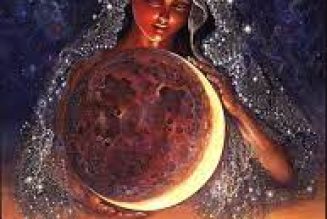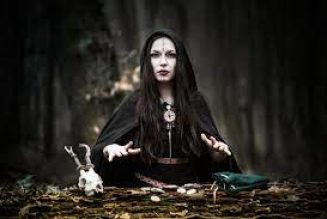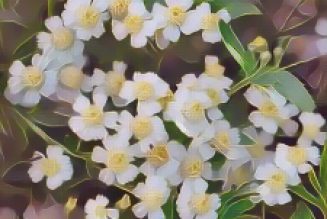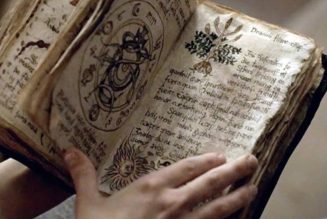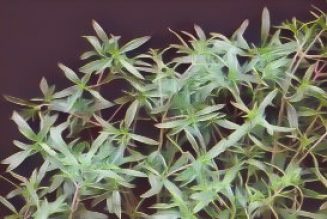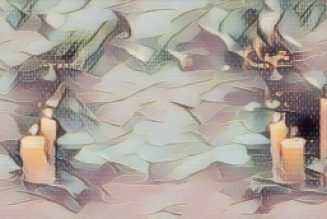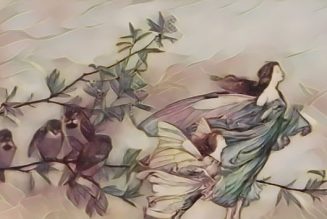August 13th is listed in modern Pagan calendars as being Hekates Night, a night sacred to Hekate. This purportedly ancient Greek festival is for propitiation, where we ask Hekate Lady of the Storms to not send any of those nasty storms among us. We are meant to leave an offering at the crossroads to Hekate and ask Her to keep us safe from storms, or even better, just keep the damaging and dangerous storms away completely.
So we will begin at the end, this is not an ancient festival and yet it also kind of is. Kind of. The struggle we have with this festival is that it is kind of based on an ancient festival, or two or three. It is also maybe based on ancient ideas, that have little to do with those ancient festivals. And it almost certainly exists as it does because of confusion over various things.
Or maybe it is completely made up and modern and we have all been finding coincidental connections that don’t actually exist. That is the problem right there, we can’t be entirely sure of who first said this festival existed in modern times. We can’t be entirely sure of why they said it existed. We can’t be sure who added the extra bits and pieces, nor why they did so.














